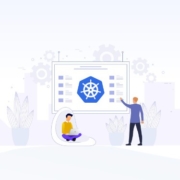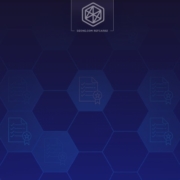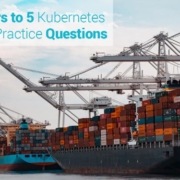Kubernetes is ruling the container market. According to a CNCF survey, the use of Kubernetes in production in 2020 was 93%, up from 78% in 2019. Moreover, the survey reveals that the use of containers in production in 2020 was 92%. This figure is up 300% from CNCF’s first survey in 2016.
Due to the adoption of Kubernetes by DevOps teams and the open source community’s encouragement, this figure could grow more. And if it stays at present prices, this market share still is a significant portion. This means that even though Kubernetes makes a lot of things easier, challenges will always appear, as the survey confirms. Namely, the problems listed include networking, storage, tracking, surveillance, a lack of preparation, and, of course, cost management.










